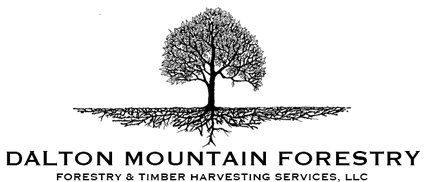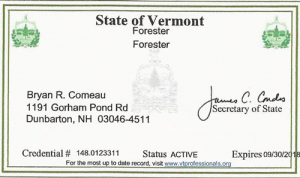Landowner Consultation
Meet with a licensed forester to discuss your specific goals and expectations for your property. Walk your woodlot with Bryan for a one-on-one site visit to explore your property’s natural resources, past management history, and recommended next steps!
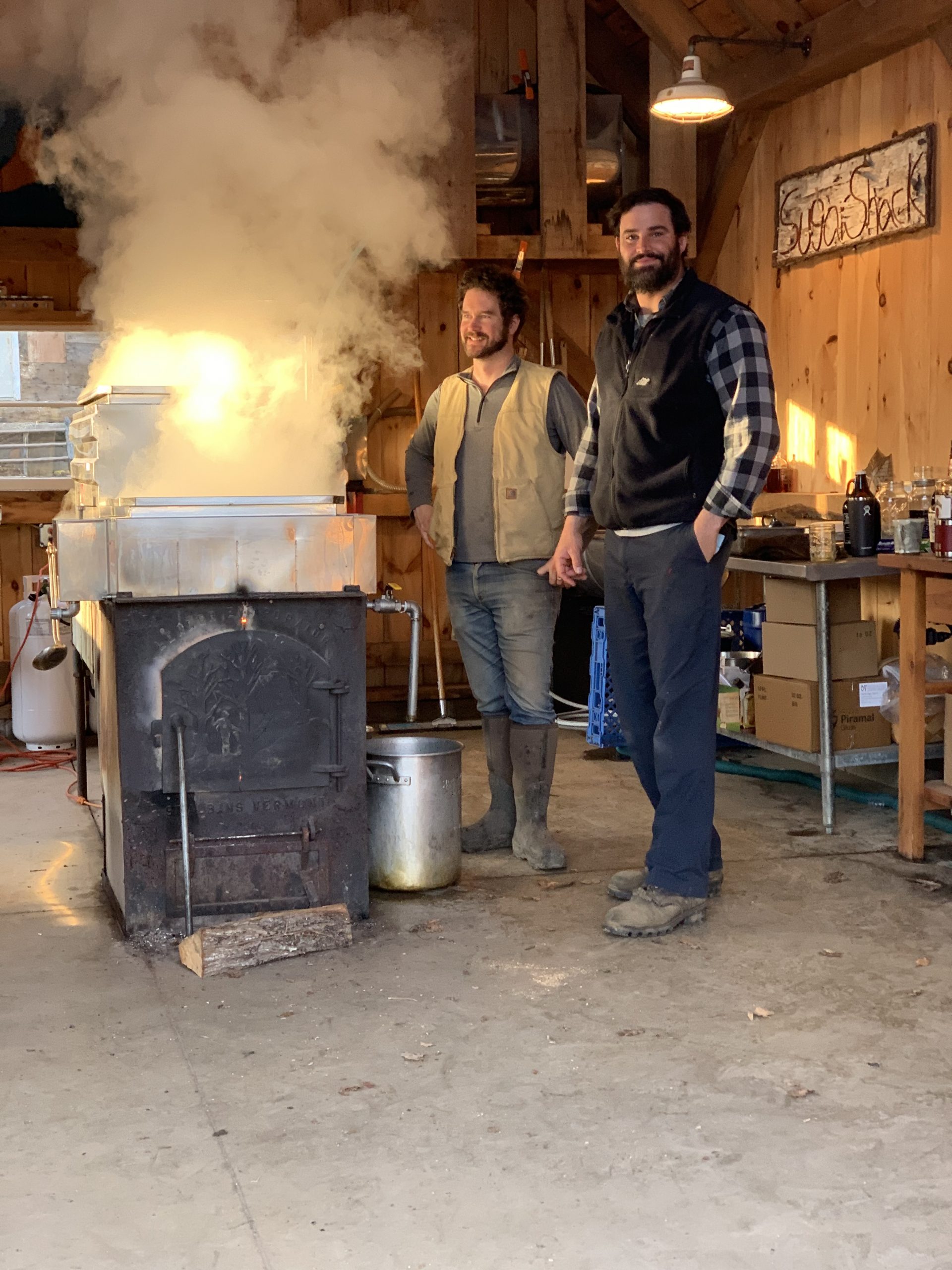
Long-term client relationships.
Woodlot Assessment and Timber Valuation
Receive a written assessment of your property’s current condition, presence of unique natural features, forest composition and stocking, timber values, and management recommendations.
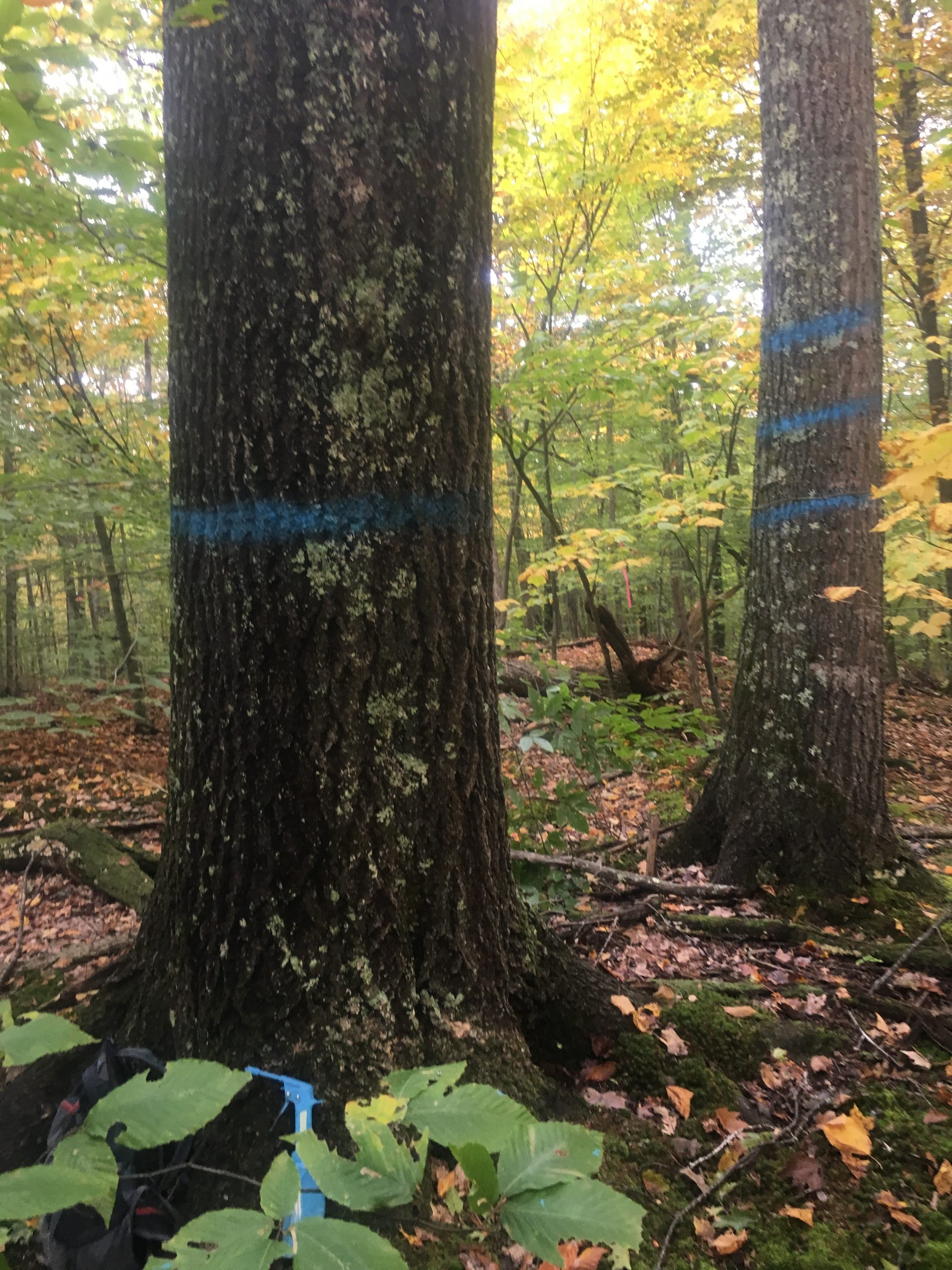
Red Oak veneer ready for harvest.
Timber Management and Harvesting
Receive professional administration in the sale of standing timber. A licensed forester will represent the landowner to meet specific objectives for each unique woodlot, delineate boundaries, selectively mark timber to be sold and harvested, receive competitive pricing for forest products, contract with responsible and reliable companies capable of completing the job, handle all necessary paperwork, and provide supervision on all aspects of the harvesting operation.
Working with a licensed forester will increase a landowner’s financial return for several reasons. Use Bryan’s expertise to:
- Negotiate fair & competitive pricing for forest products. A forester’s in-depth knowledge of forest product markets allow for more successful negotiations.
- Oversight of the utilization of forest products. A forester’s administration on the job ensures each tree is being utilized to its most valuable forest product.
- Tracking the volume of timber. A forester will track the amount of timber being harvested and removed from your property to ensure the landowner is getting paid for all products.
- Selecting and marking the trees to be harvested. A forester will select all the trees to be cut ensuring responsible and sustainable management is occurring. By removing only the appropriate trees it allows the remaining trees to increase growth and value for future harvesting opportunities.
- Compliance with Federal, State, Local, and Environmental regulations. A forester is responsible for ensuring all operations comply with any associated regulations. Fines from violations can often cost landowners large amounts of money, negating any financial return the value of timber may have provided.
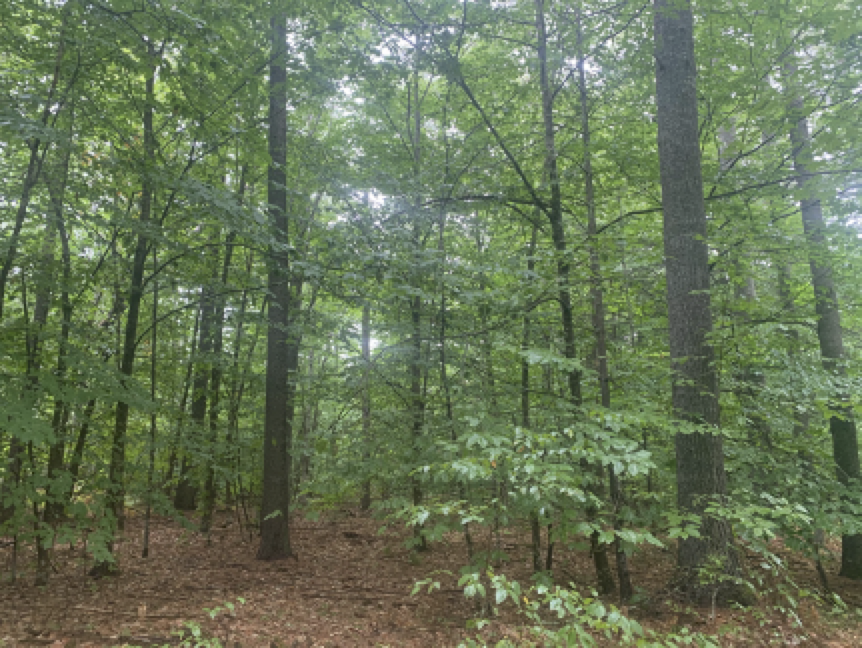
White pine stand with dense beech understory.
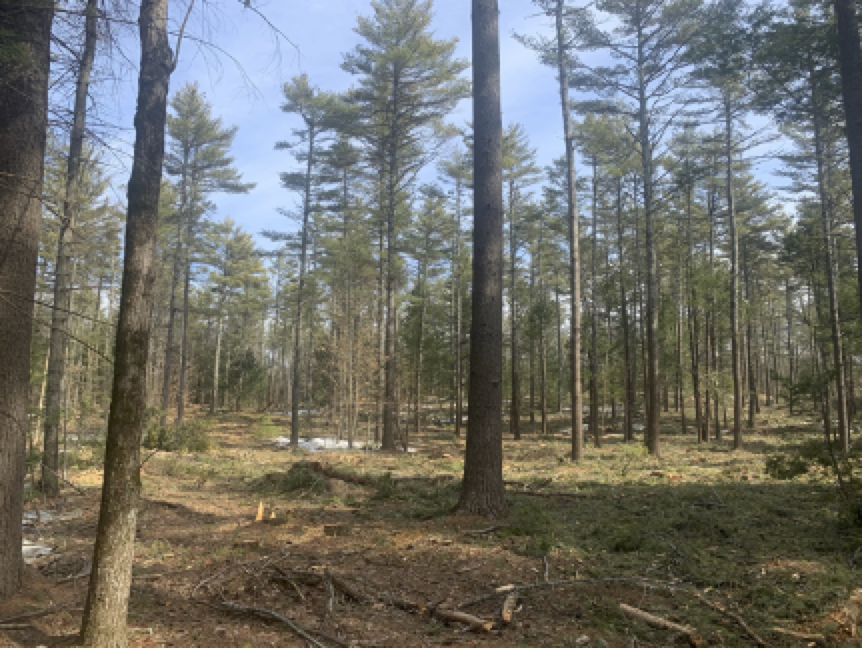
The same white pine stand recently thinned to increase timber growth and regenerate white pine seedlings.
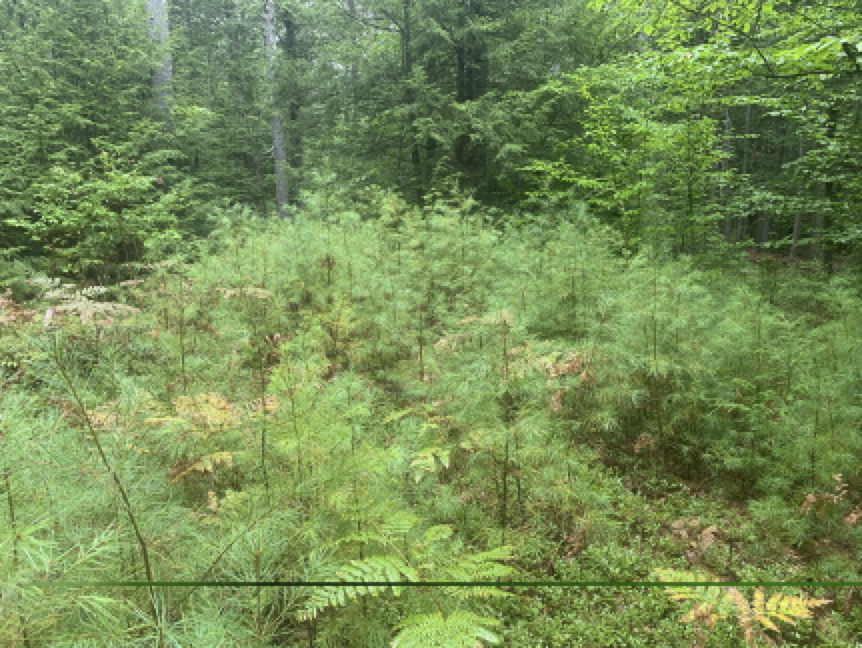
Successful white pine regeneration in areas with increased sunlight.
Forest Management Plans
Receive a Forest Resource Inventory to identify and map detailed forest conditions and timber volumes for planning purposes. Have a written Forest Management Plan for specific guidance on how to best manage your property to achieve your goals. Management Plans can be used for Current Use tax deductions, NH Tree Farm Program, create opportunities for cost-share funding, compliance with Conservation Easements, and for multi-generational landowner benefits.
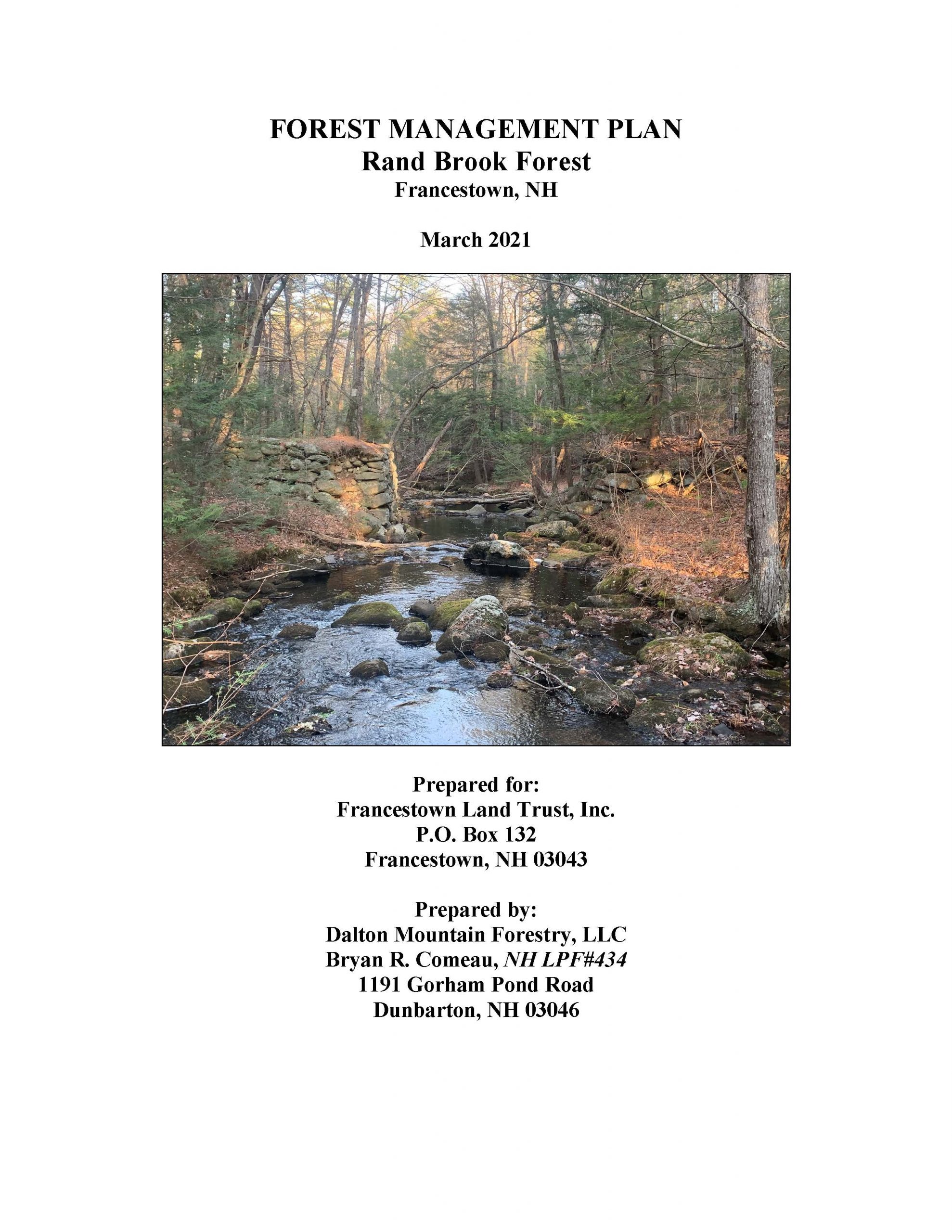
Example of a Forest Management Plan written for the 514-acre Rand Brook Forest owned by Francestown Land Trust.
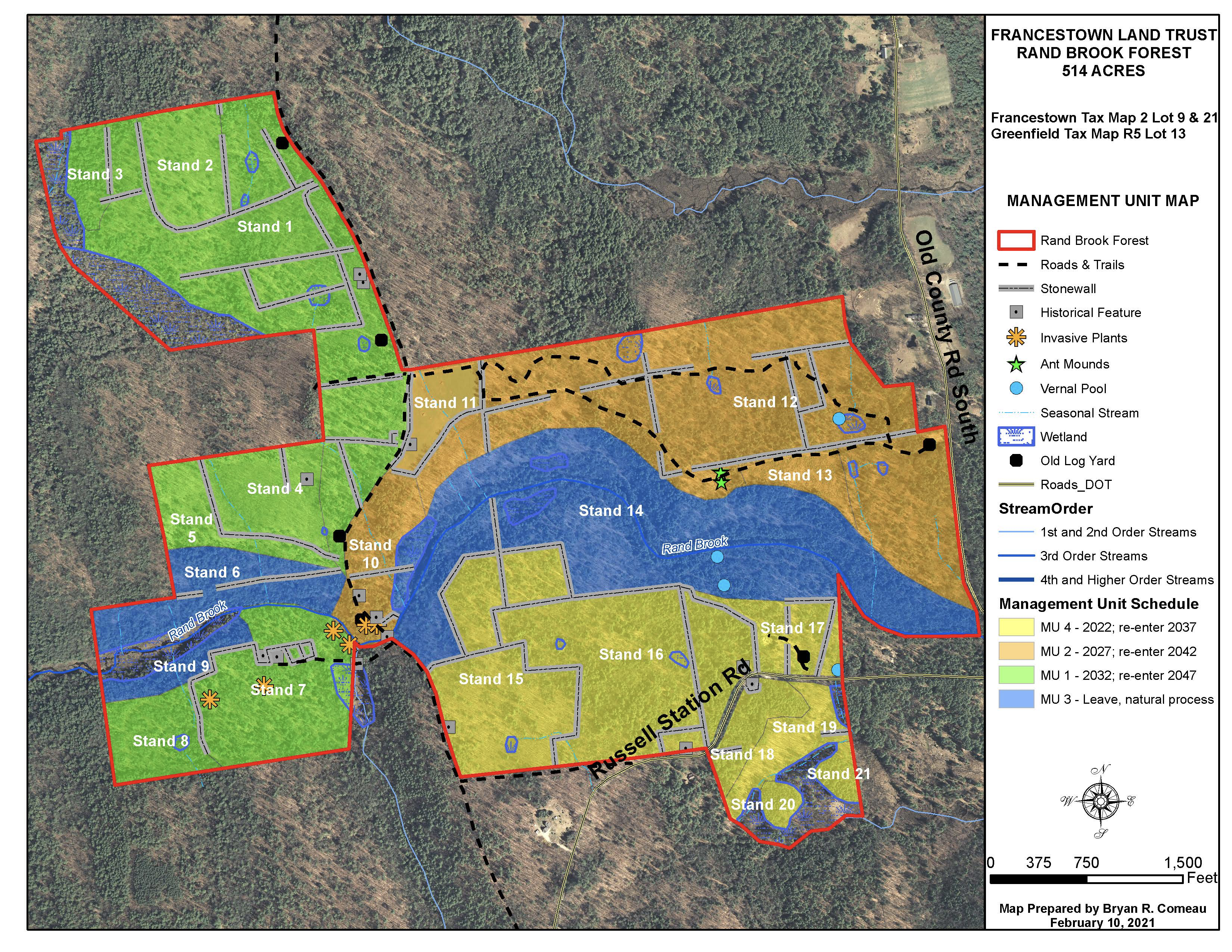
Example of one of the many GIS maps included in a Forest Management Plan.
Wildlife Habitat Management
Responsible forest management also accounts for sound wildlife habitat management. Focus your management efforts on maximizing wildlife habitats for a diverse mix of generalist species or a specific wildlife species of interest.
Wildlife habitat management can be directed toward game species to improve hunting opportunities on your land, non-games species that may be uncommon or unique, and can create a diverse mix of habitat types and increased biodiversity complementing the surrounding landscape to improve opportunities for migratory songbirds, waterfowl, mammals, turtles, amphibians, reptiles, and aquatic species.
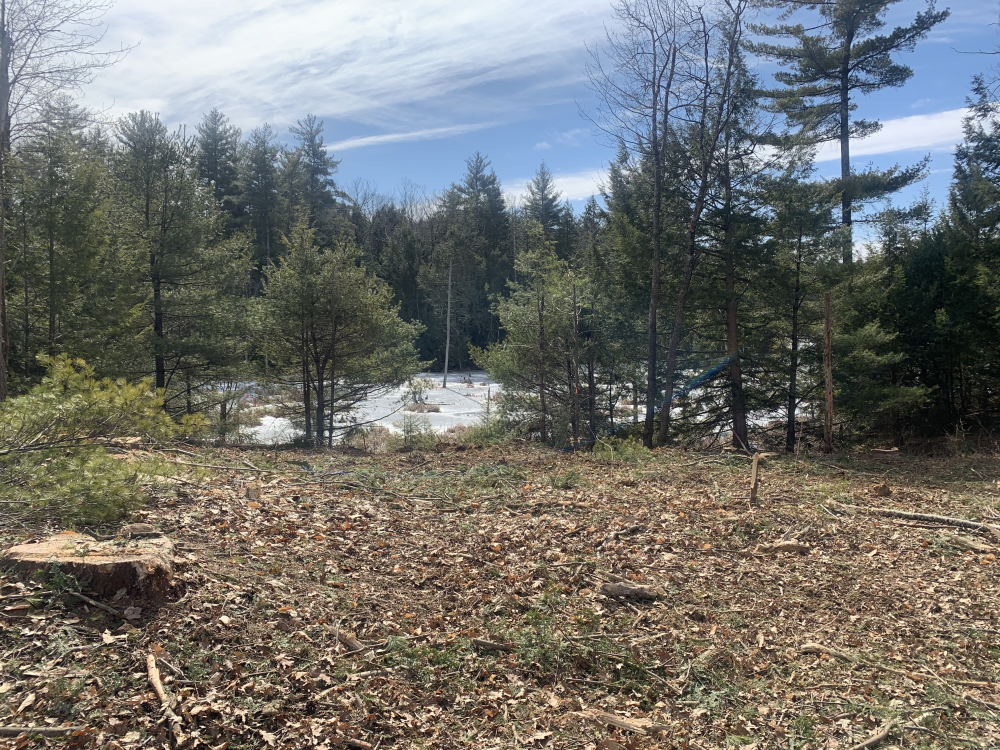
Wildlife openings adjacent to wetlands provide multiple wildlife benefits including turtle nesting opportunities.
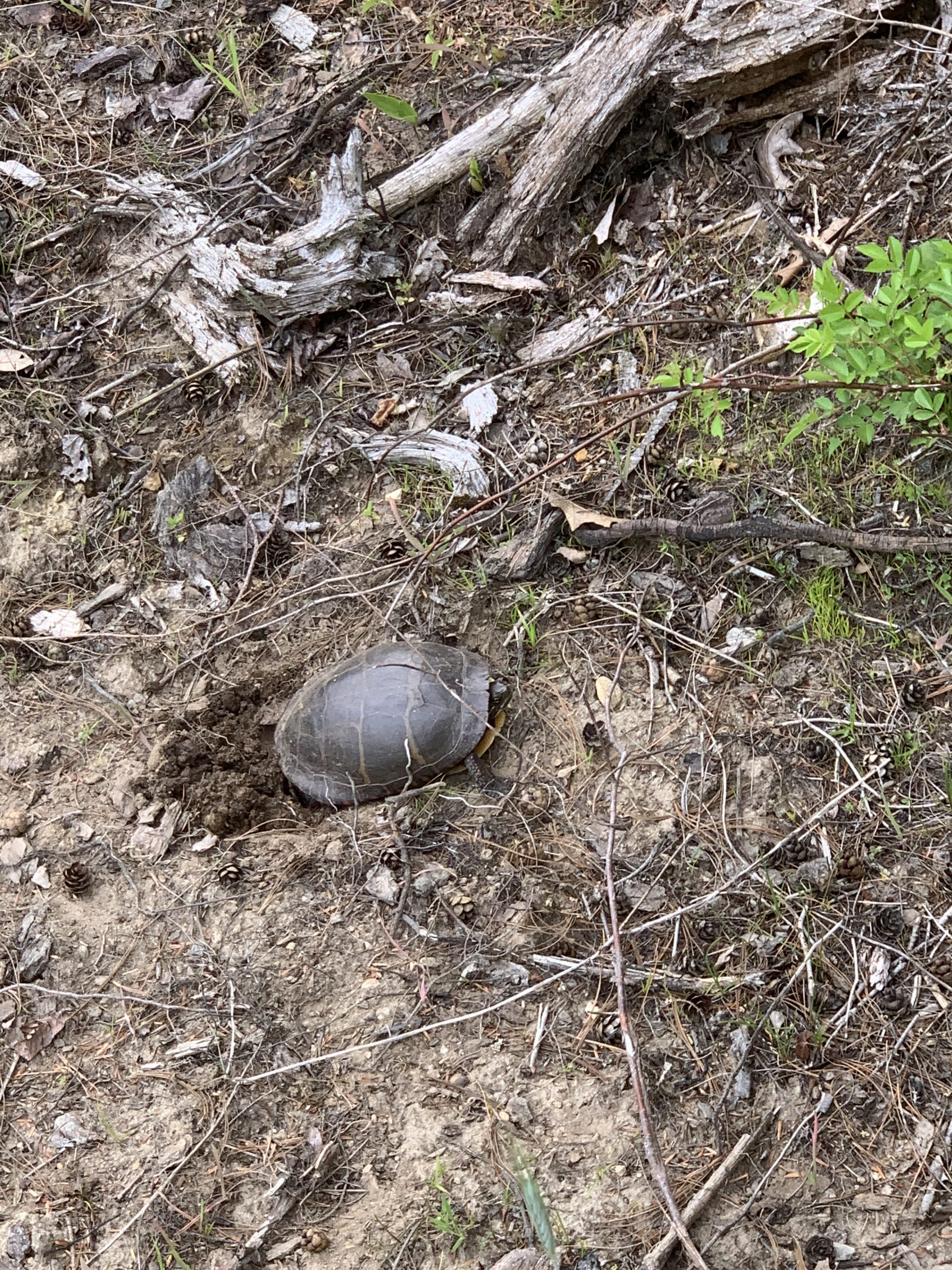
Turtle nesting in recently created forest opening.
Creating Food Plots and Wildlife Openings
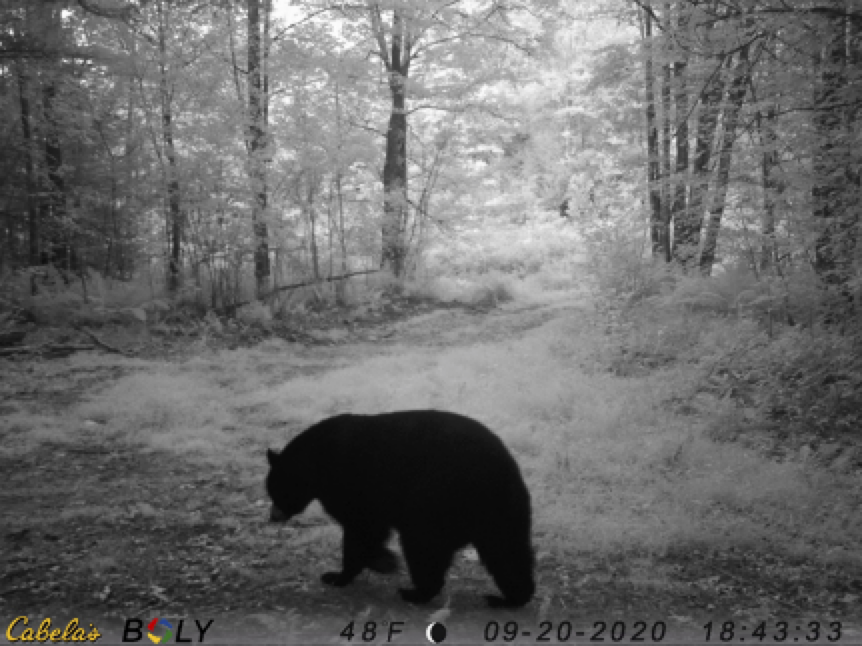
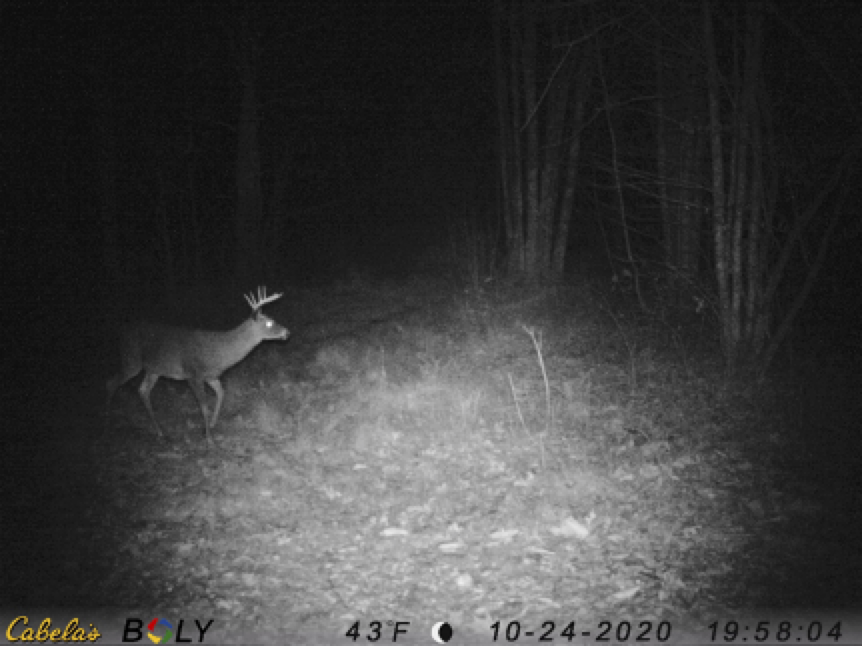
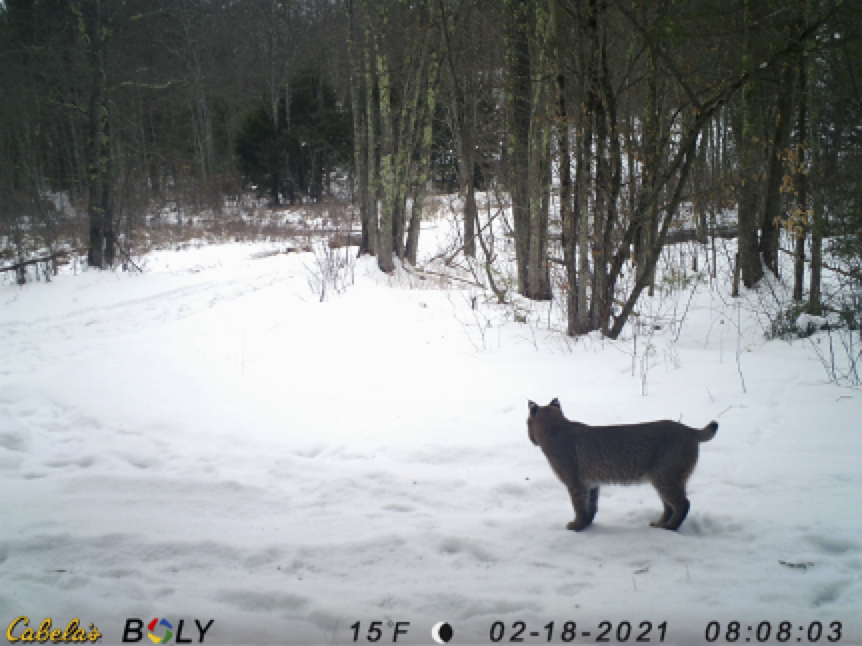
Small food plot created on my own woodlot adjacent to a wetland.
Property Maintenance
Owning land requires periodic monitoring and maintenance along boundary lines, woods roads, gates, and fields along with monitoring the presence of invasive plants, forest pests, and insects that may be harmful to your forest’s health. Dalton Mountain Forestry is equipped to handle the full scope of your woodlot management and maintenance.
Boundary Line Delineation and Maintenance
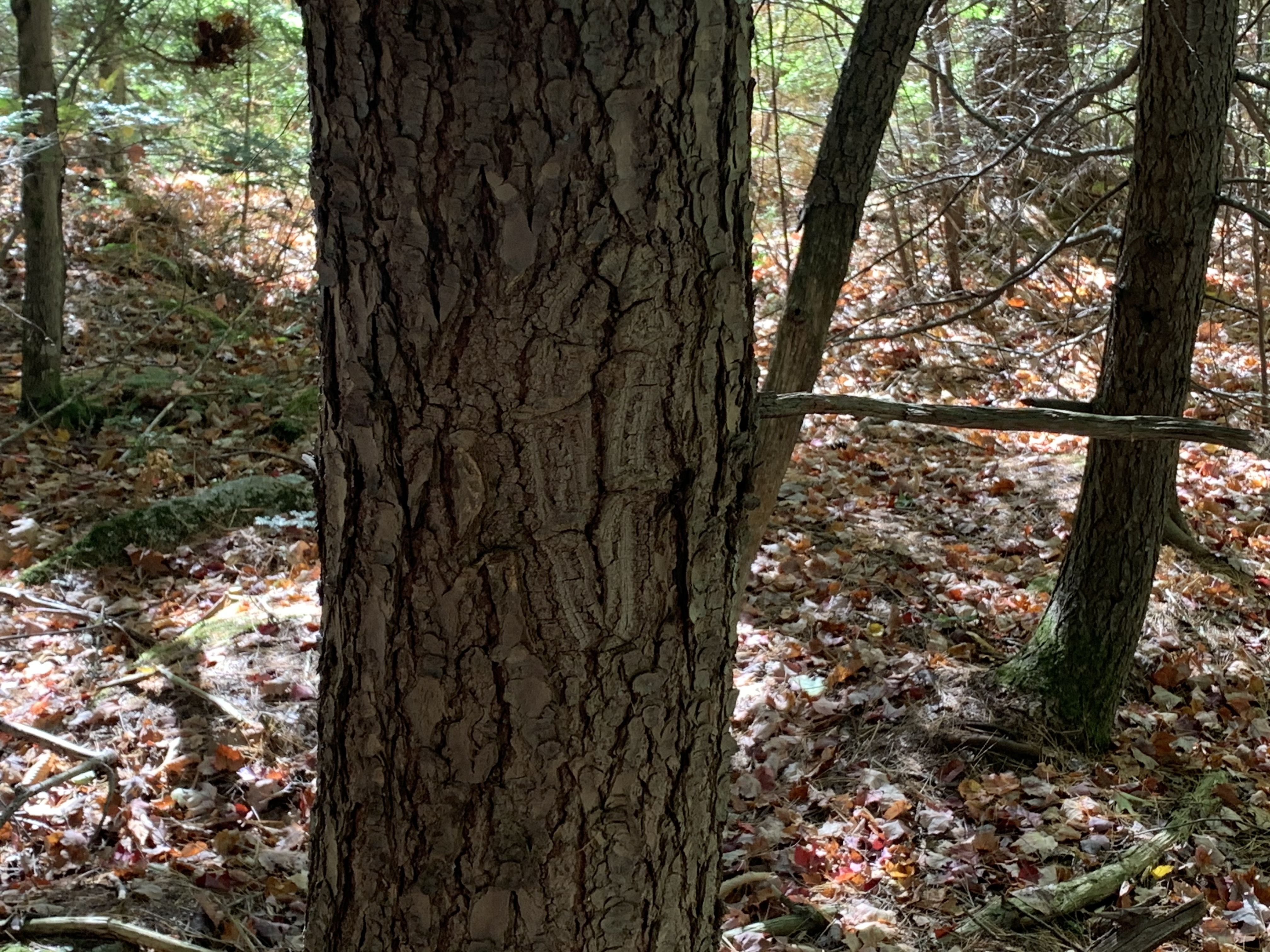
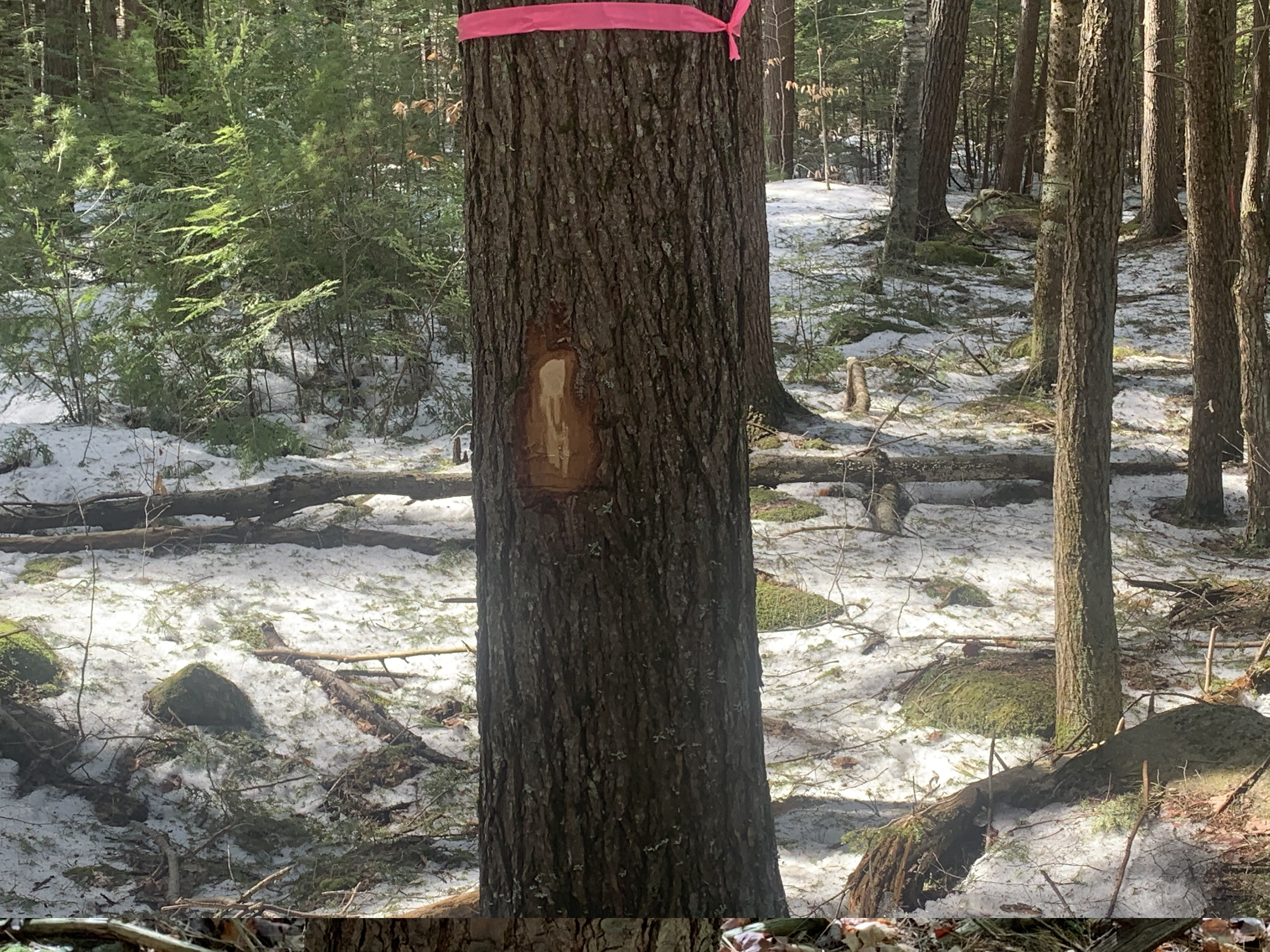
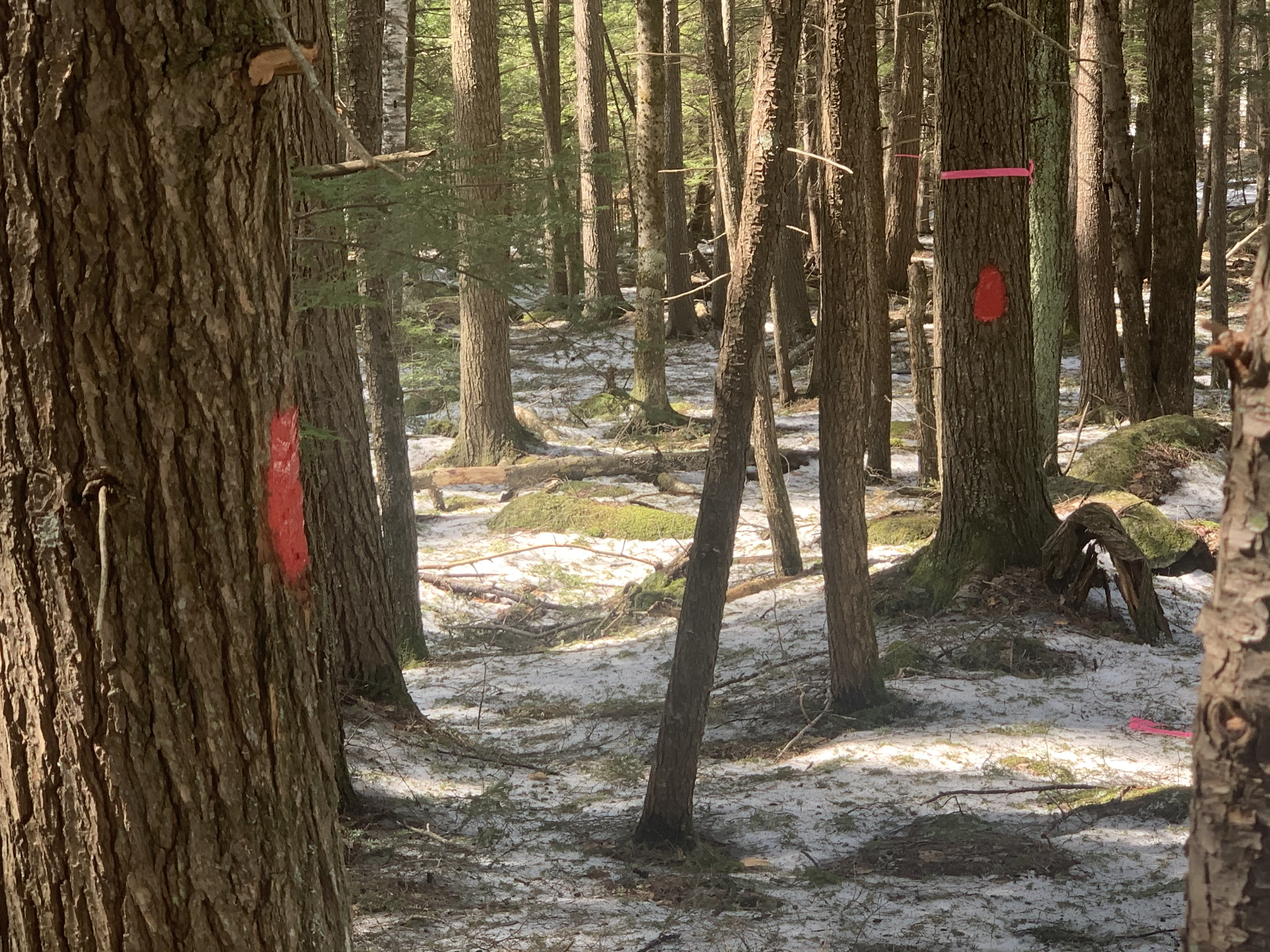
Property lines before and after
Brush Hog Field Mowing
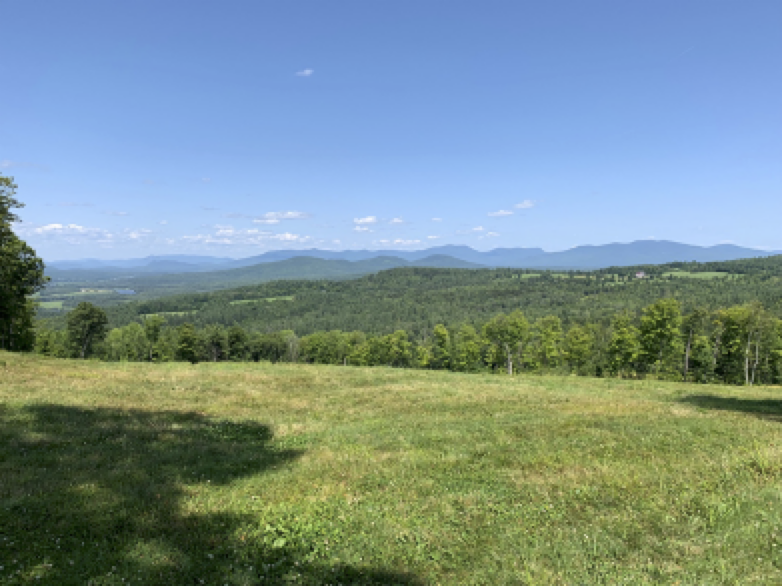
Mowing fields not only prevents grassland from reverting to forest, but when managed correctly can enhance wildlife habitat and promote pollinator insects.
Excavation Services
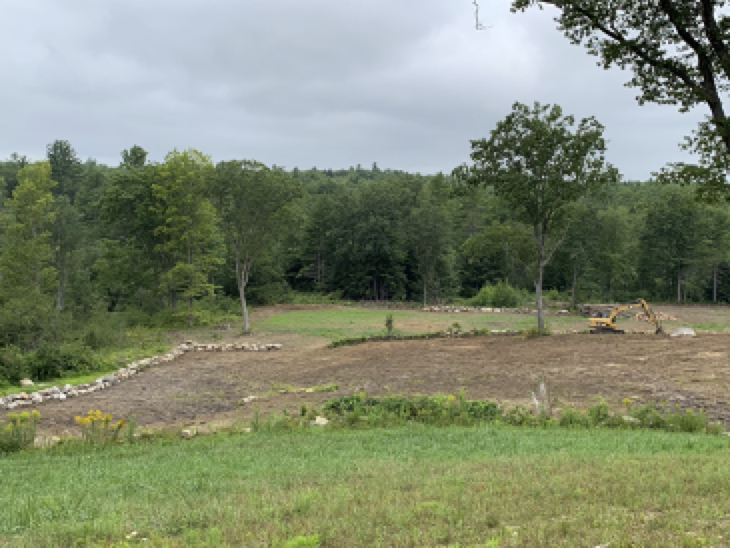
10 acres of fields that had reverted to forest and were over-grown with invasive plants.
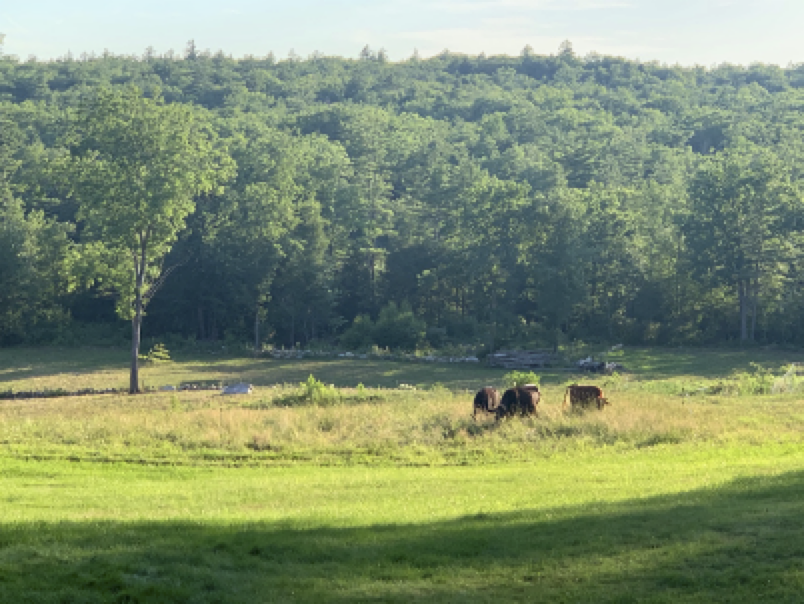
Those fields now being utilized for regenerative farming providing locally raised food and increasing carbon capture via building soils and biomass forage.
Construction of Woods Roads, Culverts, and Gates

Woodlot with no established management access.

Same woodlot ready for long-term forestry and wildlife habitat management.
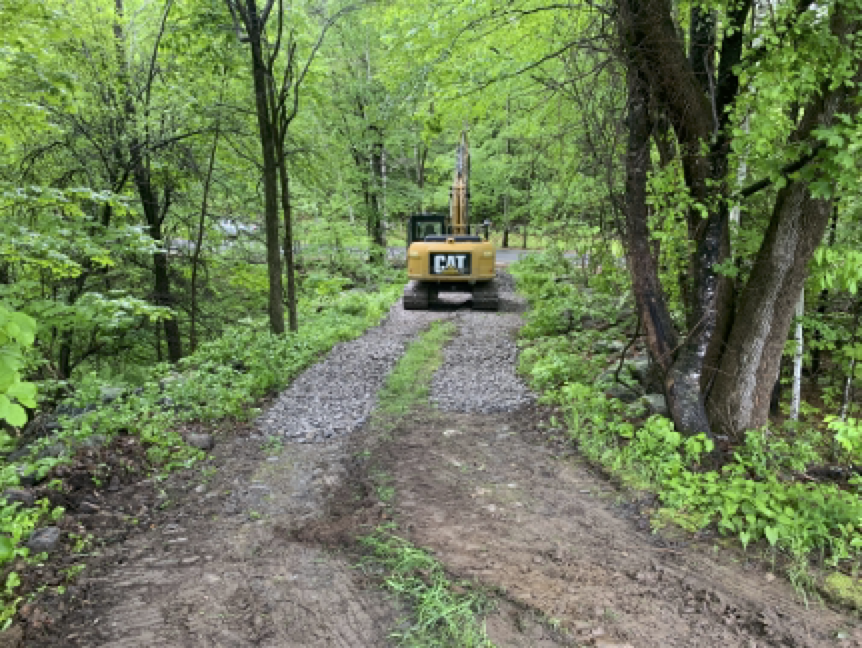
Improvements made to woods road used for forest management and agriculture.
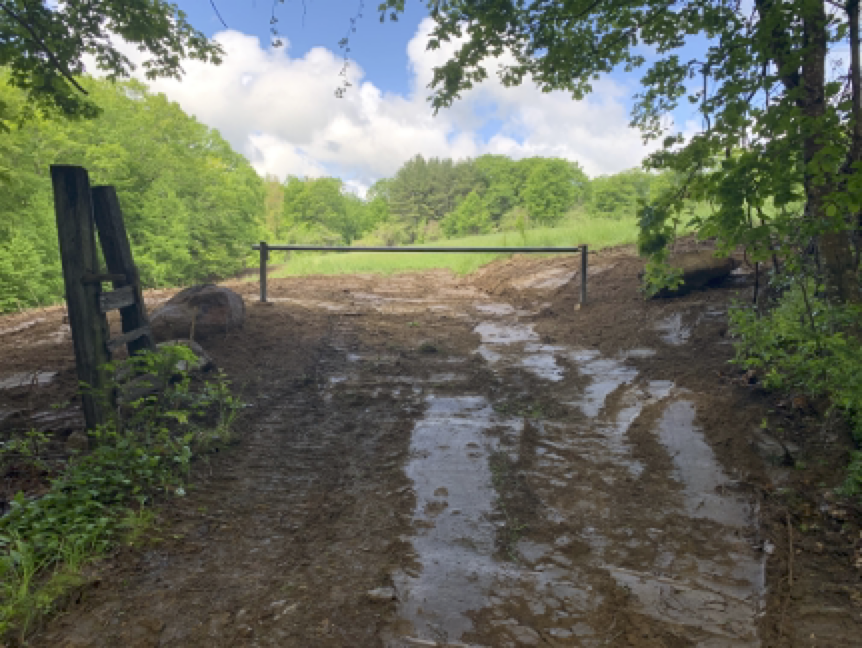
Gate installed to prevent unwanted trespassing, dumping, and to protect the natural resources.
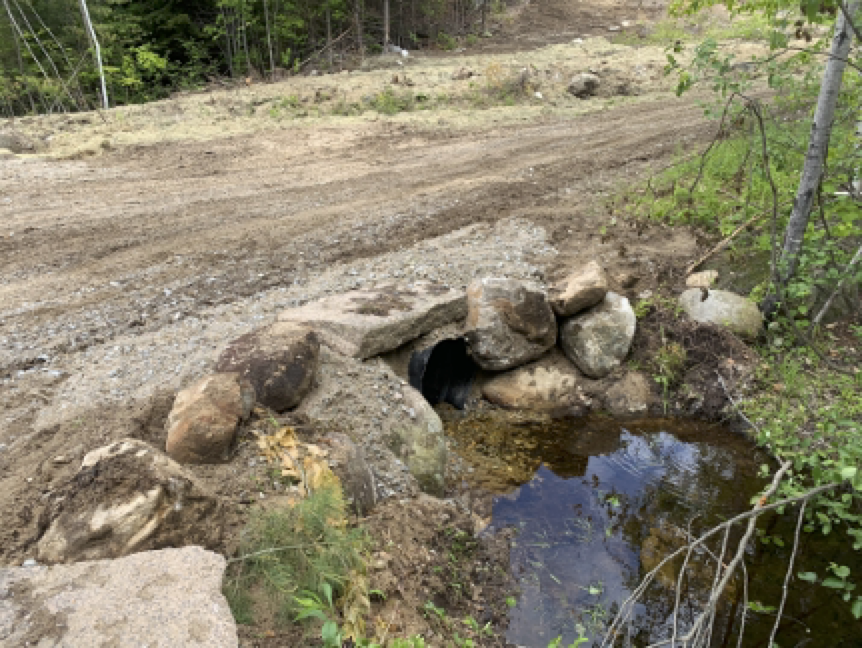
Culvert installed in a woods road used for periodic forest management access.
Get a free woodlot assessment!
Licensed NH Forester
Before starting any woodlands project, be sure that you’re working with a licensed forester. Bryan Comeau is officially licensed by the NH Board of Foresters.
Licensed VT Forester
Bryan is also a licensed forester in the state of Vermont.
